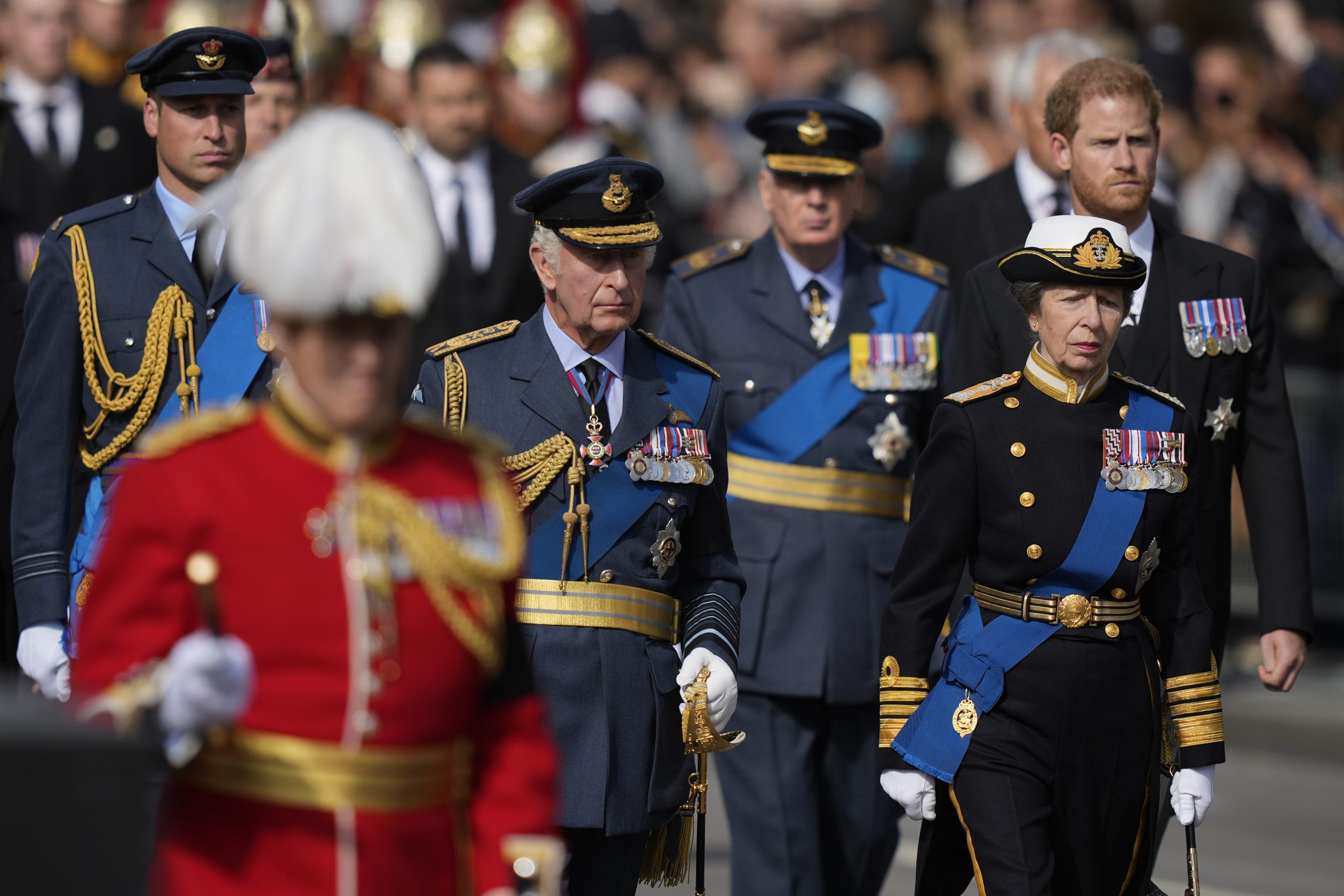


Social media remains dominated by the nature of the absence and ailment of Catherine, the Princess of Wales.
The royal family’s secrecy surrounding the wife of heir to the British throne, Prince William, is strange. Yet, as with the recent botched release of an altered photograph of Catherine, I suspect the excess secrecy is a result of three other factors. First, Kate’s desire for privacy over publicity as she recovers from an unknown ailment that may require future treatment. (The princess has prioritized her privacy since first meeting William.) Second, the royal family and British upper class’s generally obsessive desire to conceal perceived vulnerability even when doing so makes the vulnerability appear worse than it is. And third, the inability and infighting of the royal family’s various media teams as they struggle to manage those two previous factors alongside a media landscape that expects maximum information at all times.
Still, it bears noting that 50 years ago today, another princess nearly suffered a far more alarming disappearance from the public view.
It was the evening of March 20, 1974. Princess Anne, Queen Elizabeth II’s only daughter, was being driven back to Buckingham Palace along the Mall, the landmark road connecting the palace to Trafalgar Square. All was quiet. Suddenly, another car overtook Anne’s Austin Princess IV vehicle and braked sharply in front of it. Not a trained protection officer (who would have immediately attempted to reverse and escape), the princess’s chauffeur remained stopped. The driver of the other car, Ian Ball, then jumped out and moved toward the princess. Anne’s solitary bodyguard, police officer Jim Beaton, then jumped out the front passenger seat to confront Ball.
On Wednesday, Beaton told BBC what happened next: Ball raised a handgun and shot him twice. Beaton fired one shot, missing, before his own gun jammed. Wounded, he reentered the car and attempted to cover Anne and her husband. With Ball now aiming at the princess through the car window, Beaton raised his hand and blocked another shot (the car was unarmored). Shot three times, Beaton left the car delirious due to his wounds and fell onto the road in front.
Mentally ill, Ball had intercepted the princess’s car in order to kidnap and hold her for ransom. Yelling at the princess to leave her vehicle, Anne memorably responded, “Not bloody likely.” Another police officer and a reporter who stumbled across the scene attempted to help. Ball shot both of them. Anne was eventually rescued when a former boxer stopped his car, walked over, and punched Ball in the head, disorienting him. Ball attempted one last time to kidnap the princess but was scared off by arriving police officers. Ball was arrested and remains incarcerated.
It might seem incredible that a princess could come so close to being kidnapped. Still, the British approach to royal security differs very significantly from that of the U.S. Secret Service. Anne and other royals of her rank now almost always travel with multiple Metropolitan Police’s Royalty and Specialist Protection officers (who are armed with semi-automatic handguns and submachine guns) and in two vehicle motorcades with Metropolitan Police Special Escort Group outriders (including during trips down the Mall). That said, the royals avoid the close-in formation style of protection tactics used by the U.S. Secret Service.
CLICK HERE TO READ MORE FROM THE WASHINGTON EXAMINER
Watch a “rope line” appearance by King Charles III or Prime Minister Rishi Sunak, for example, and you’ll see far fewer protection officers keeping a significantly greater distance from them than is the case with the Secret Service and its protectees. This reflects the lower threat assessment in the U.K., partly due to heavily restrictive firearms laws, but also the British cultural disdain for integrated protective security for VIPs. I’d argue it’s an excessively risky approach. Fortunately, it has worked out so far.
If nothing else, however, Anne’s experience in 1974 underlines two key points. First, why the obsession over Kate’s absence is overblown in the context of history. Second, why the Secret Service always has at least two agents assigned to each detail shift. One agent can cover and evacuate, while the other can engage a threat.
